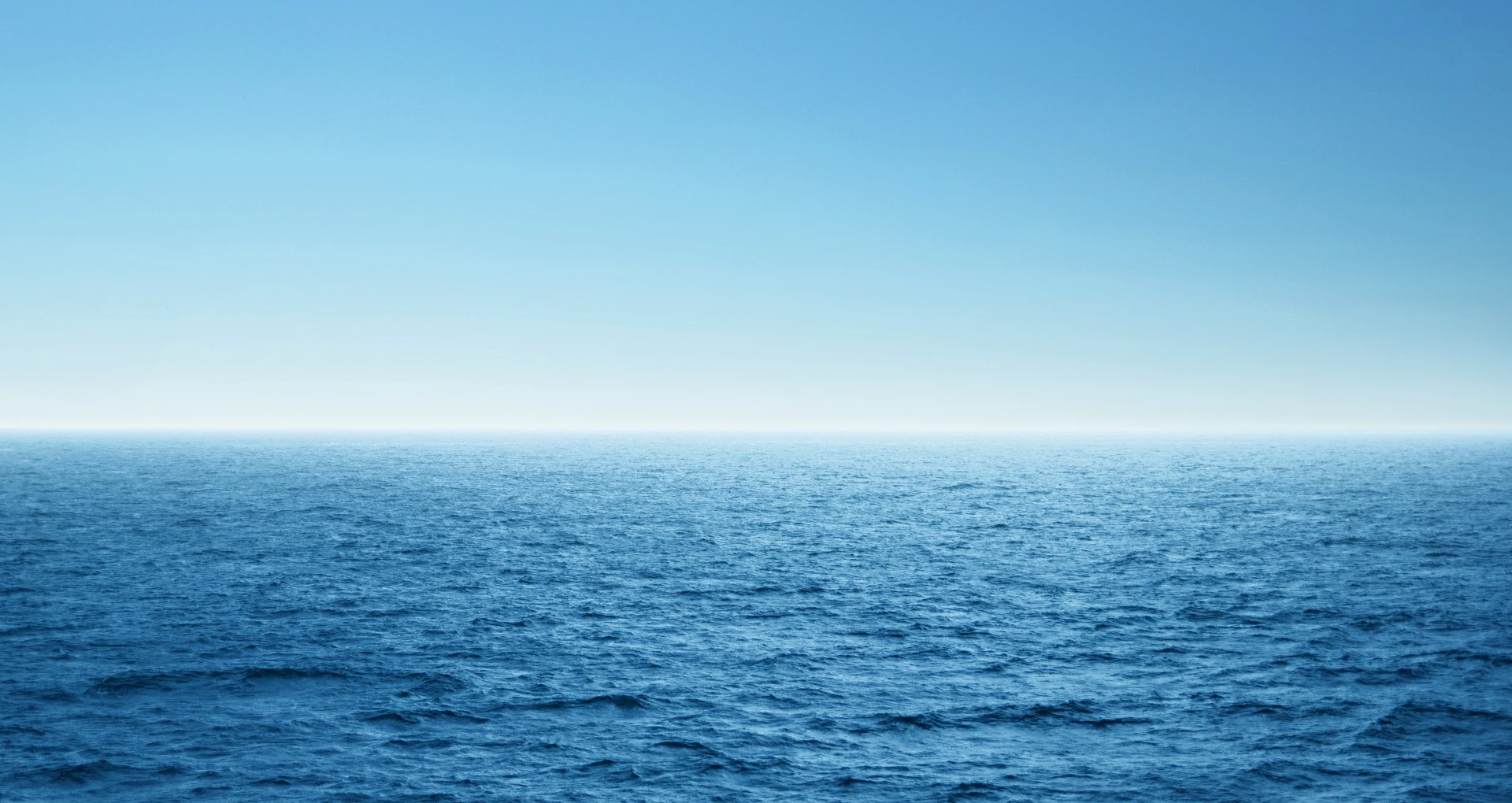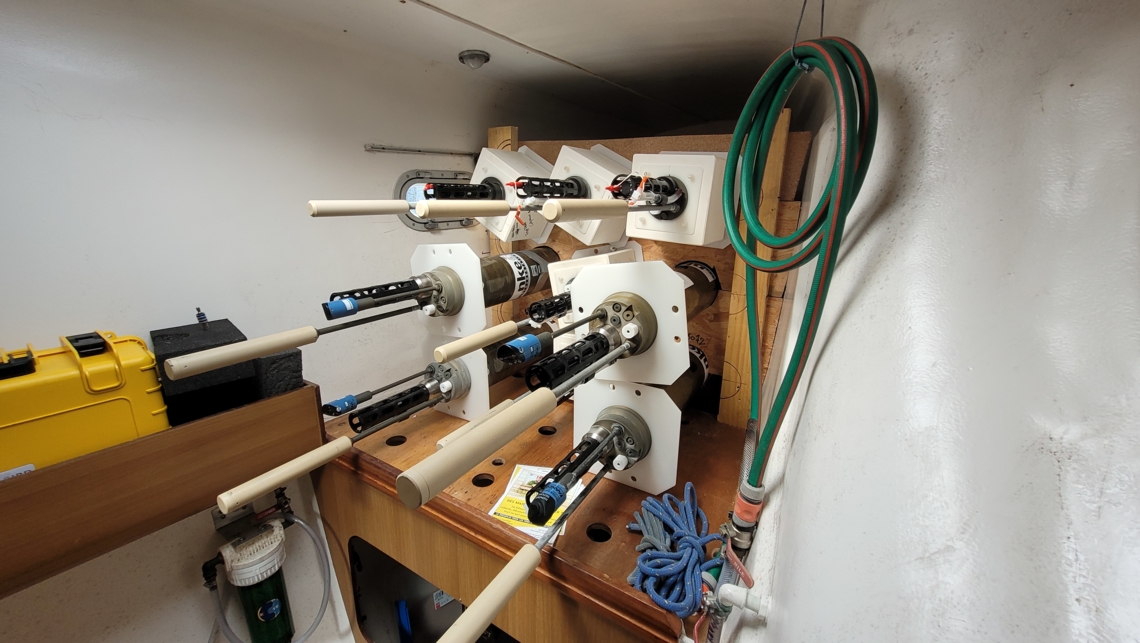After sailing for 27 days between Brest and the Azores, the North Atlantic Argo Recovery Cruise Operation (NAARCO) returned home to Brest on the 10th of June 2024 with 10 profiling floats. These floats needed to be recovered as they were either reaching the end of their life or had some misfunctioning sensors. NAARCO was organised jointly by Ifremer and Euro-Argo ERIC and took place on board Skravik’s catamaran MORSKOUL. It was the first global Argo recovery operation ever conducted using a low-carbon approach.
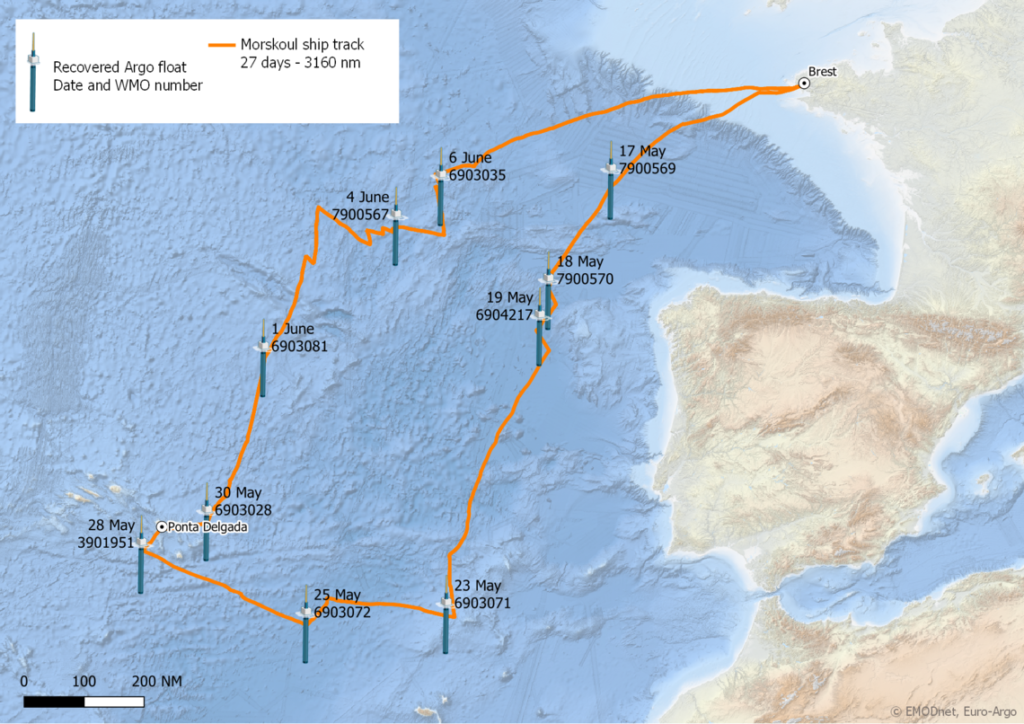
The profiling floats of the international Argo program are deployed by the global scientific community in oceans all over the world. They are autonomous instruments, operating between the surface and depths of up to 6,000 meters, equipped with sensors to measure essential ocean variables (temperature and salinity, as well as, in some cases, pH, chlorophyll, oxygen, etc.). Launched at the end of the 1990s and maintained thanks to the contribution of over 25 countries, Argo rapidly led to a remarkable improvement in climate and weather knowledge and forecasts. Today, it is the only network capable of continuously observing deep ocean changes at a global scale.Although significant progress has been made to lengthen the floats’ lifetime in recent years (they can now last up to 8 years), it appears more and more justified to recover them at sea before they reach the end of their battery capacity. Aside from the obvious answer to the growing concern of dead Argo floats polluting the sea floor, recovering floats could also provide valuable answers to technology issues concerning sensor drifts or malfunctions. It would also give access to the floats’ internal memory with full HD profiles, sensors and technical data not transmitted by satellite (particularly for BGC floats). Finally, after recovery, floats could provide spare parts or be refurbished at competitive costs and re-integrate the Argo network, thus reducing the global cost of equipment.
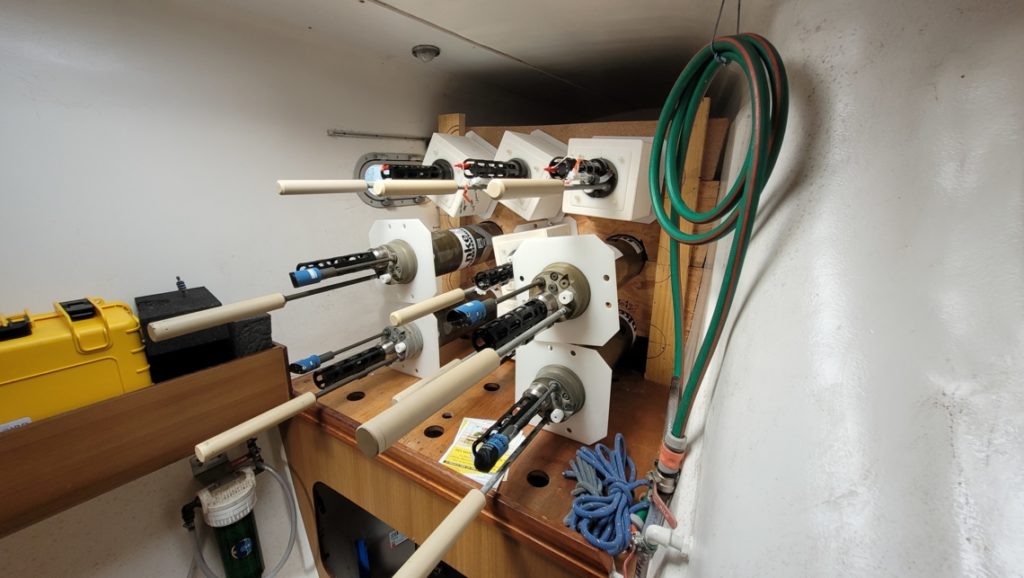
While Argo floats are now more regularly recovered (10% of Euro-Argo floats in the last couple of years) by research vessels during their cruises or transits, these recoveries are always opportunistic and cannot target many floats. Apart from some regional experiments, e.g. in the Baltic Sea or the Mediterranean sea (NAOS program), a large scale Argo recovery operation has never been conducted, mainly due to a lack of budget for such an experiment if conducted by a classic high-sea oceanographic vessel.The goal of NAARCO was to act as a proof of concept, demonstrating that a dedicated Argo recovery cruise using a low-carbon footprint vessel can provide an effective solution. The vessel was at 47.5 feet catamaran named MORSKOUL, operated by the local company Skravik which offers support services for low-carbon scientific operations at sea aboard sailboats. Noé Poffa, head of mission, explains that “recovering a float in the middle of the ocean with a motorboat wouldn’t make sense from an ecological point of view because a motorboat capable of going all the way to the Azores, for example, is probably going to use over a ton of fossil fuel per day!”. During the cruise, 10 Argo floats were successfully recovered: 5 Deep Arvor (equipped with O2 sensor) and 5 Arvor (core-Argo). They were either reaching the end of their life (around 10 cycles worth of remaining battery) or had deficient sensors (high salty drifts). To prove the efficiency of such a project, NAARCO needed to:
- Collect a significant number of floats either in end of life or somehow deficient;
- Operate in a high-sea area representative of the Argo network on a consistent scale;
- Have a low-carbon footprint;
- Be cost-effective in terms of the value of the collected floats.
As we have seen, the first three goals were met. The final one remains to be studied. “We were surprised to find the instruments in such good condition, shares Romain Cancouët, Euro-Argo operational engineer. We’re hopeful that, by changing the batteries and some other parts, we’ll be able to redeploy them again. Recovering 10 floats is no small feat, it represents the annual contribution of a country like Norway to the Argo program.”
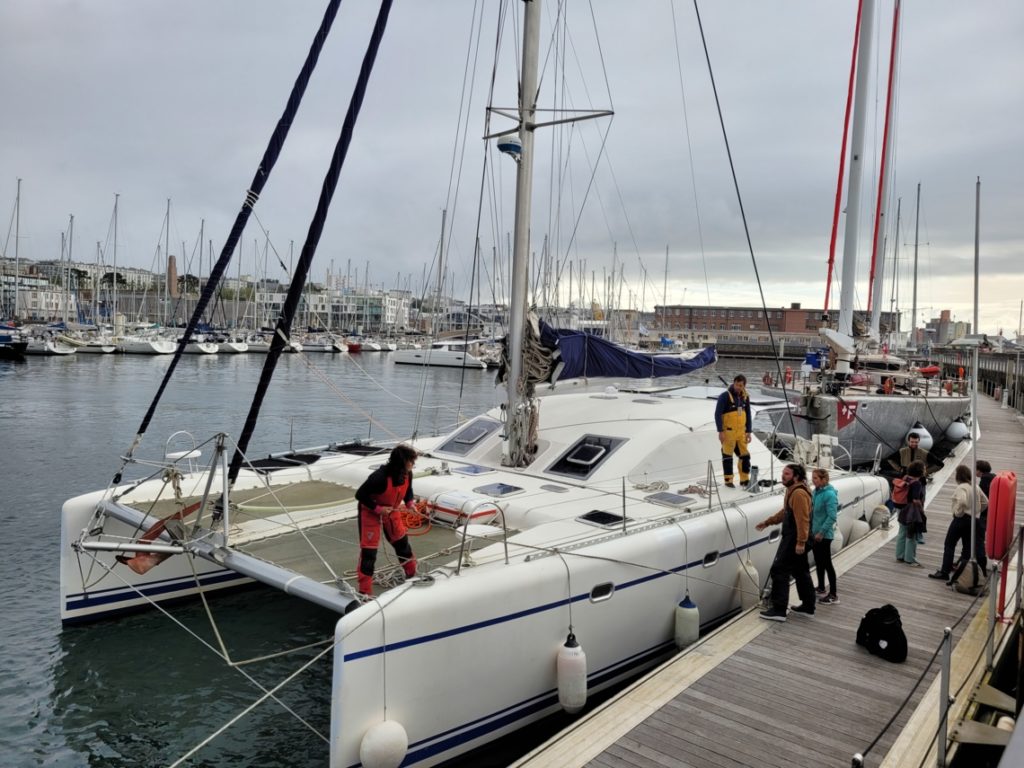
NAARCO was funded by the European GEORGE (Next Generation Multiplatform Ocean Observing Technologies for Research Infrastructures) project, which aims to develop future generations of marine observation instruments.
